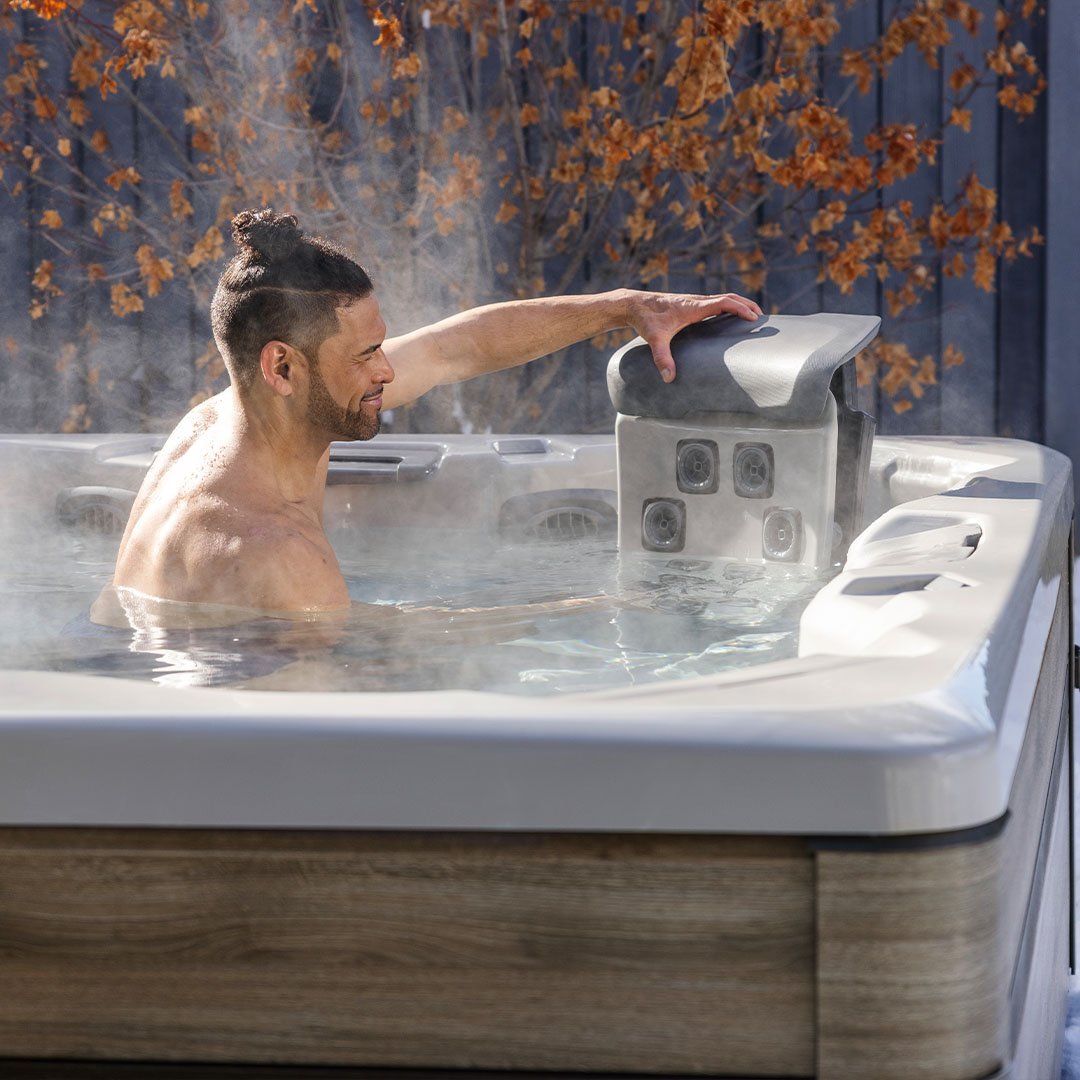Hot Tub Start-Up Chemicals Checklist: Your Guide to a Balanced Spa
Setting up your hot tub is an exciting experience, but it’s essential to prepare it properly to ensure it’s clean, safe, and ready for enjoyment. One of the most critical steps is balancing the water with the right start-up chemicals. If the water isn't balanced correctly, it can lead to skin irritation, equipment damage, and less than desirable spa conditions.
In this guide, we'll walk you through a step-by-step checklist of the start-up chemicals needed for your hot tub and how to use them to ensure your spa is safe and ready to enjoy.
Why Are Hot Tub Start-Up Chemicals Important?
Hot tub start-up chemicals play a crucial role in maintaining a safe and pleasant environment for spa users. When you first fill your hot tub with water, it’s not chemically balanced. It can contain minerals, contaminants, and improper pH levels that need correction to avoid issues like cloudy water, scaling, and the growth of bacteria.
Failing to add the proper chemicals can result in:
- Cloudy or green water
- Algae and bacteria growth
- Corrosion or scale build-up on your hot tub equipment
- Skin and eye irritation for users
To avoid these issues, follow this start-up chemicals checklist to balance your spa water and keep it pristine.
The Essential Hot Tub Start-Up Chemicals Checklist
-
Test Strips or Test Kit
Before adding any chemicals, you need to test your water. Test strips or a liquid test kit will help measure the pH, total alkalinity, calcium hardness, and chlorine/bromine levels. Testing ensures you’re adding the right amount of chemicals. Keep testing strips handy for ongoing maintenance as well. -
pH Increaser (Sodium Carbonate)
pH balance is critical in hot tubs. If your pH is too low, the water becomes acidic, which can cause corrosion and discomfort. Use a pH increaser to bring the levels up if your test strip shows a low reading (below 7.2). -
pH Decreaser (Sodium Bisulfate)
On the other hand, if your pH is too high (above 7.8), it can lead to scaling and cloudy water. Adding a pH decreaser will bring the pH back to a balanced range (7.2 to 7.8), ensuring comfortable and safe water. -
Alkalinity Increaser
Alkalinity acts as a buffer for pH. If your alkalinity is too low (below 80 ppm), it can cause the pH to fluctuate, making the water unstable. Adding an alkalinity increaser will help stabilize the pH and prevent sudden spikes or drops in the future. -
Calcium Hardness Increaser
Low calcium levels can lead to the erosion of your hot tub's components, especially if they’re made of plaster or concrete. On the other hand, water that is too hard can cause scaling. Ideally, your hot tub’s calcium hardness should be between 150-250 ppm. Use a calcium hardness increaser to bring it up if needed. -
Sanitizer (Chlorine or Bromine)
Sanitizers kill bacteria and algae that can grow in your hot tub. Chlorine or bromine are the most commonly used sanitizers. Add these after balancing the pH and alkalinity to keep your water safe and clean. Bromine is often preferred for hot tubs because it works better in higher water temperatures.- Chlorine: Add 1.5 to 3 ppm of chlorine to maintain a healthy water balance.
- Bromine: Add 3 to 5 ppm of bromine for effective sanitation in high temperatures.
-
Shock Oxidizer (Non-Chlorine or Chlorine Shock)
After sanitizing, it's a good idea to shock your hot tub water. Shock treatments break down contaminants like oils, lotions, and sweat that aren't completely eliminated by sanitizers. Shocking also restores sanitizer effectiveness.- Non-chlorine shock: Great for regular maintenance and quick use afterward (no strong smell).
- Chlorine shock: Effective but requires waiting before using the hot tub again.
-
Metal Sequestering Agent
If your local water source contains metals (such as iron or copper), these metals can stain your hot tub and cause discoloration. Adding a metal sequestering agent prevents these metals from reacting with the water or the chemicals.
Step-by-Step Guide to Adding Chemicals
-
Fill the Hot Tub
Start by filling your hot tub with fresh water. Make sure to fill it to the manufacturer’s recommended level. -
Test the Water
Use test strips or a liquid test kit to measure the initial water parameters, including pH, alkalinity, and calcium hardness. -
Adjust pH and Alkalinity
Based on your test results, add the pH increaser or decreaser as needed to get your pH between 7.2 and 7.8. Follow up by adjusting the alkalinity to stay between 80-120 ppm. -
Add Calcium Hardness Increaser
If your calcium hardness levels are low, add a calcium hardness increaser to avoid damage to your hot tub’s components. Target between 150-250 ppm. -
Add a Sanitizer
Add your chosen sanitizer, either chlorine or bromine, to kill bacteria and keep your water safe for use. Maintain the recommended sanitizer levels for best results. -
Shock the Water
After adding sanitizer, use a shock oxidizer to break down organic contaminants and restore clarity. -
Use a Metal Sequestering Agent
If your water contains metals, add a metal sequestering agent to prevent staining and discoloration. -
Test Again
Retest your water to ensure all levels are balanced. If necessary, make small adjustments to pH, alkalinity, or sanitizer levels.
Maintaining Your Hot Tub for Long-Term Enjoyment
Balancing your hot tub’s water with the proper start-up chemicals is essential for a safe and enjoyable spa experience. However, ongoing maintenance is just as important to keep your water clean and your equipment in top condition. For a deeper understanding of the chemicals needed not just for start-up, but for the overall upkeep of your hot tub, check out our comprehensive guide: What Chemicals Do I Need for a Hot Tub?. With the right knowledge and routine, you'll enjoy a crystal-clear, relaxing soak every time.
Frequently Asked Questions
How long after adding start-up chemicals can I use my hot tub?
It’s typically safe to use the hot tub 24 hours after adding start-up chemicals, but always test the water first to ensure the chemical levels are balanced.
How often should I shock my hot tub?
For regular maintenance, shock your hot tub once a week, or after heavy use, to ensure the water stays clean and free from contaminants.
Topics: Spas and Hot Tubs












